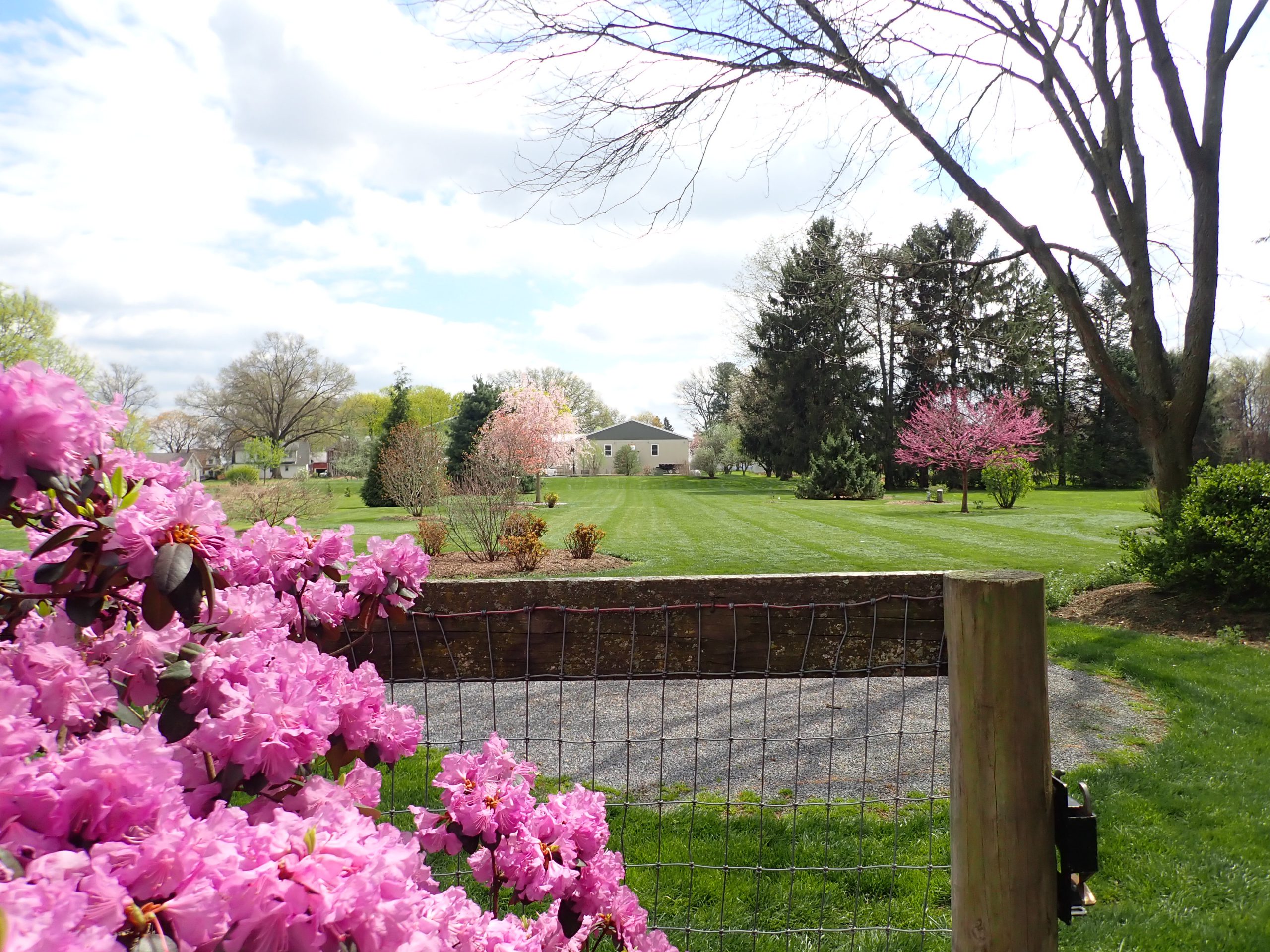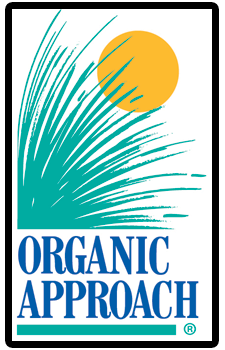- Plant Soil Heath
- 717-299-2112
- info@organicapproach.com
- Organic Approach Website
How an Organic Lawn Program will Benefit your Trees
“Selective Nature”
February 15, 2021Bacterial Leaf Scorch – there is no Silver Bullet…
June 15, 2021Sustainable tree care is optimized by an organic lawn program.
I need to preface this blog with a few presuppositions. Trees in healthy environments form communities. Their roots seek each other through the substrate, and form relationships with beneficial soil fungi that tie individual trees into a communal network. Through these complex root relationships trees are able to communicate with each other via electrical impulses, share resources, and warn each other of danger. These ends can only be achieved in carbon rich soils that are capable of supporting a rich microbial biomass of beneficial fungi. The future is Fungal. The more mature the ecosystem, the more carbon rich and fungally dominant the soil becomes. This short video from BBC News illustrates these points well…
https://www.youtube.com/watch?v=yWOqeyPIVRo
Strong communities in the plant world seem to be the rule rather than the exception, and if we are to properly steward our natural resources and continue to keep our properties beautiful, these thoughts must be ever present in our minds moving forward. In healthy forests where needle and leaf drop contribute to the annual return of carbon to the system, microbes digest these organic inputs and manufacture rich dark soil full of organic nutrition- sometimes many feet deep. Microbial biomass is the glue here, but it is also the easiest thing to unknowingly destroy.
Jump to American suburbia, where manicured lawns span the negative space between the trees and the only acceptable adjective is ‘green’. This ‘green’ is pushed hard by a steady diet of synthetic and often salt based nutrition. If you ever poured table salt on a slug as a kid and watched it shrivel up and die right before your eyes, then you have perfect imagery to draw upon when you call me for a consultation on your property and I tell you that years of synthetic product use have decimated the microbiology in your soil and left you with dirt. This microbial decline is compounded by poor surface irrigation practices, soil compaction from heavy lawn mowers, herbicide and pesticide use, and the list goes on…
When the microbial life in the soil is suppressed, trees essentially become islands in a dirt sea. Without access to information about their environment, these individuals are left to fend for themselves in a world full of invasive pests, acid rain, and polluted air. The cards are stacked against them. Some homeowners are at least partially aware of these problems, and they may seek out products or services for organic plant health care for the larger trees on their property, or specifically for key plantings that they wish to see succeed. This is a great stride in the right direction, but it is often overlooked that one of the best things you can do for your trees is to go organic with your lawn too…
In my experience, the permeable square footage of the average American suburban home property is dominated by turf. Trees in lifeless dirt will run their roots round and round in the hole where they were planted until they eventually throttle themselves (girdling roots). Trees in healthy soils have roots that reach out and explore far into the substrate, frequently past even the dripline of their canopy. For these reasons, organic lawn care is a critical step in a successful organic tree care program. By replacing synthetic lawn fertilizers with organic nutrition and soil builders, you invite the biology back to your property. If you build it, the fungal biomass will come.
An added benefit of an organic lawn program is that weeds do not thrive in fungally dominant soils. Remediate your soils with carbon (the foremost fungal food substrate), fertilize your lawn with organic nutrition, cut as high as the mower deck will go, and push mow if you are able to keep heavy equipment soil compaction to a minimum. Do these things to maintain a beautiful lawn. Your trees and their roots will thank you, and your planet will too.

Supporting evidence and imagery for the idea of root relationships can be easily located by a quick google search for ‘The Wood Wide Web’. Alternatively, if you are a reader, I would recommend The Hidden Life of Trees by Peter Wohlleben. There is also a chapter on mycorrhizae that I really liked in Robert Macfarlane’s Underland. Both of these books are great reads, and I would highly recommend them. These are not all purely scientific sources, but they’ll do a better job of keeping your imagination captive than any academic paper that I could recommend.
